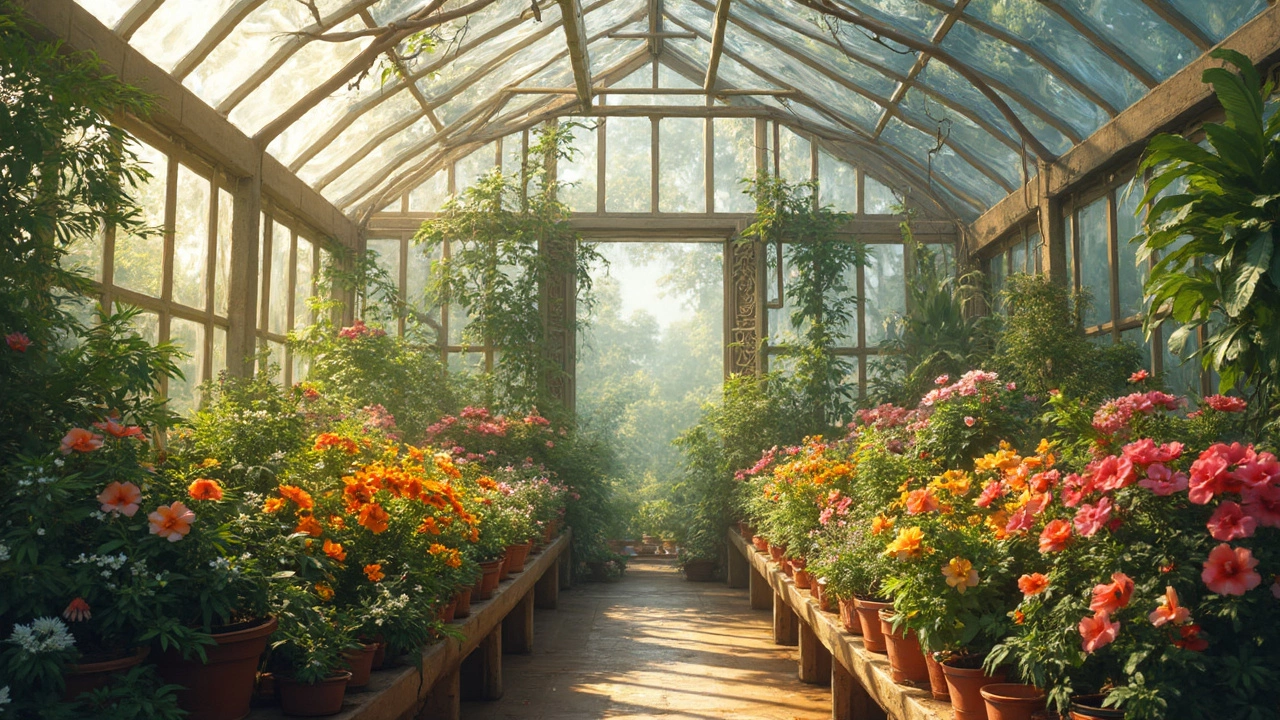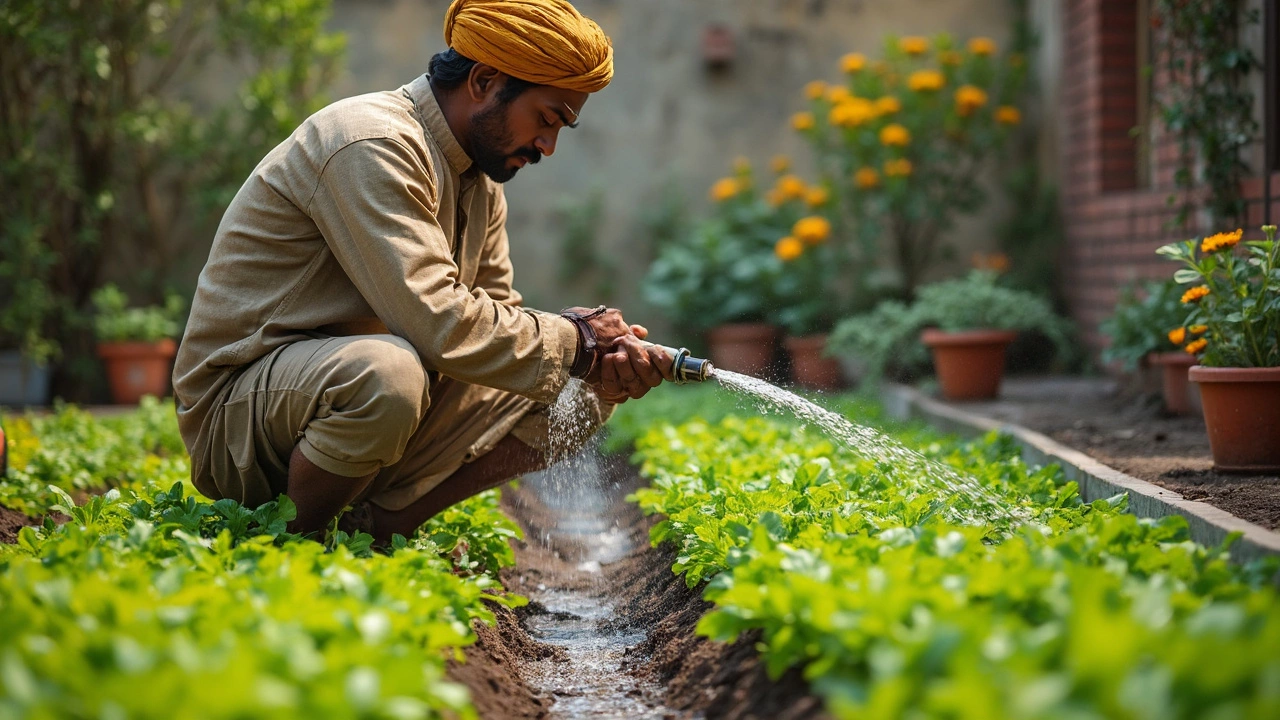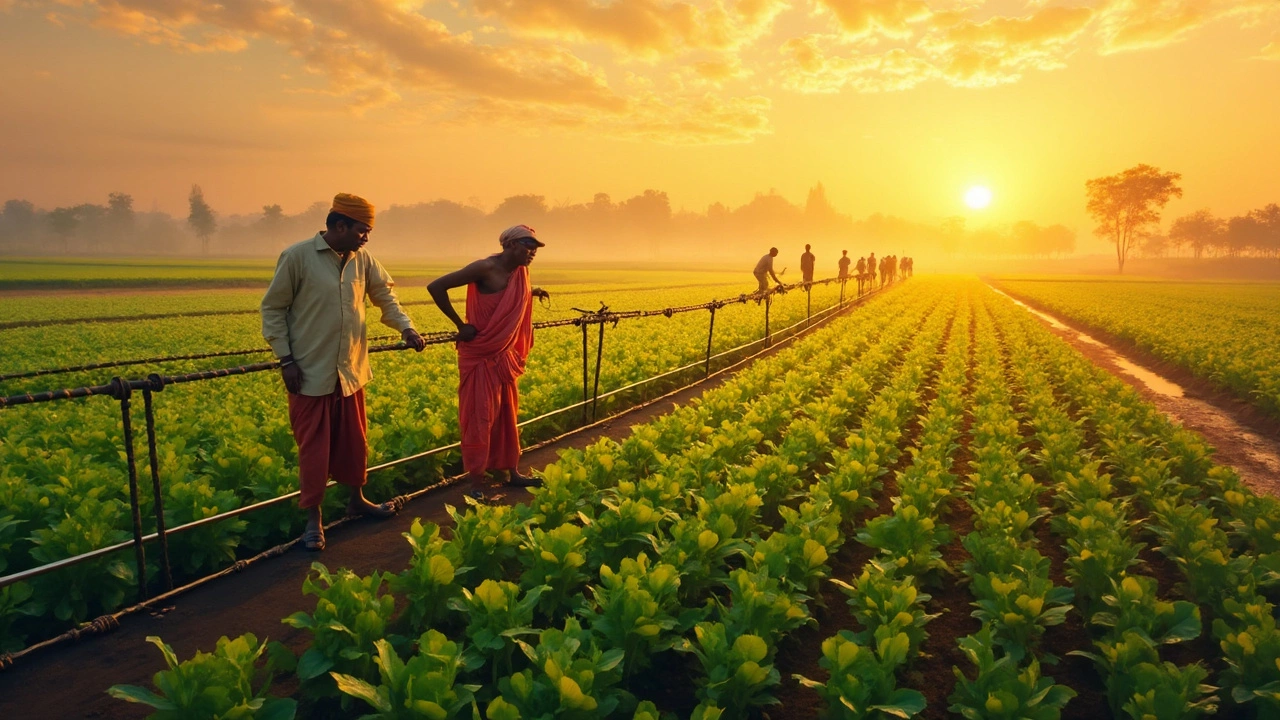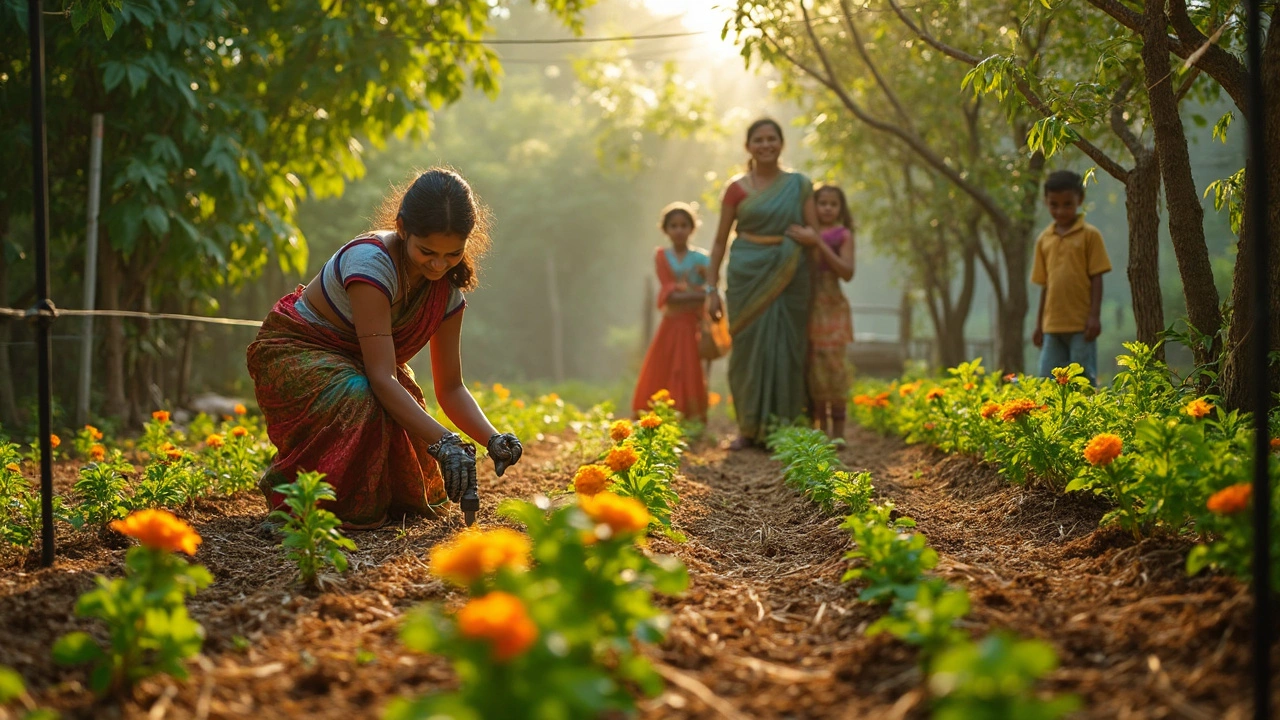Greenhouse Tips for Indian Growers
When working with greenhouse tips, practical advice for growing plants inside a protected structure. Also known as greenhouse gardening advice, it helps gardeners extend seasons, control environment, and boost yields.
Understanding a greenhouse, a frame covered with transparent material that traps heat and light is the first step. A greenhouse creates a micro‑climate, which means you can grow tomatoes in Delhi’s winter or chillies in Mumbai’s monsoon. Greenhouse tips often include drip irrigation, a low‑pressure water system that delivers moisture directly to the root zone. Drip irrigation reduces water waste, a critical factor for sustainable farming in water‑stressed regions. Another core element is soil moisture, the amount of water held in the growing medium. Regular monitoring prevents over‑watering and root rot, especially when temperatures rise under the glass. Together, these tools support sustainable agriculture, farming methods that protect the environment while maintaining productivity.
Greenhouse tips encompass several semantic connections: the greenhouse provides a controlled environment, which requires precise climate control; climate control relies on efficient water delivery like drip irrigation; drip irrigation influences soil moisture levels; and stable soil moisture boosts plant health, feeding into the larger goal of sustainable agriculture. In practice, a farmer in Punjab might install a night‑time ventilation fan to lower humidity, pair it with a timed drip schedule, and use a handheld moisture meter to fine‑tune watering. The result is a higher yield of cucumbers with 30% less water use compared to open‑field cultivation. This blend of technology and tradition shows why greenhouse gardening is fast becoming a backbone of modern Indian agriculture.
Why greenhouse tips matter for Indian growers
India’s climate varies from scorching heat to heavy monsoons, making year‑round farming a challenge. By applying greenhouse tips, growers can sidestep extreme weather, protect seedlings from pests, and harvest multiple cycles per year. For hobbyists, a small backyard greenhouse paired with simple drip lines and a soil moisture sensor can turn a balcony into a mini‑farm. For commercial producers, scaling these practices enables consistent supply to markets, reduces reliance on unpredictable rain, and aligns with government pushes for water‑wise agriculture. Below you’ll find articles that dive deeper into watering schedules, soil rehydration, drip‑under‑mulch setups, and the economics of greenhouse production. Each piece adds a layer of actionable insight, helping you turn basic tips into measurable results.
What Not to Grow in a Greenhouse: Flower Gardening in India
Some plants are just not meant for greenhouse life, especially in India. The unique climate and conditions of greenhouses can be a blessing for some flowers but a curse for others. Learn which flowers are better left outside to save yourself frustration and disappointment. Discover practical tips to make the most of your greenhouse space. Avoid common pitfalls, and ensure your gardening efforts bloom happily!
- manufacturing
- India
- food processing
- garden tips
- rice cultivation
- government schemes
- balcony garden
- urban gardening
- balcony gardening
- profitable business
- business ideas
- plastic manufacturing
- drip irrigation
- plant care
- steel manufacturing
- sustainable gardening
- startup ideas
- steel industry
- flower gardening
- textile manufacturers






